The paths of the Plano de Recuperação e Resiliência (PRR – Recovery and Resilience Plan) and INESC TEC have intersected frequently, and the result of this ongoing dialogue was showcased during a visit by Pedro Dominguinhos, President of the National Commission for Monitoring the Recovery and Resilience Plan (CNA-PRR).
The visit lasted the entire morning; from an institutional briefing to an “immersion” into INESC TEC’s multidisciplinary universe – including laboratory demonstrations and a tour of an ocean basin currently under development – Pedro Dominguinhos (who visited the Institute to gain first-hand insight), learned about the institution’s broad fields of expertise, the innovation ecosystems it integrates, and the European dimension.
The task was ambitious: to summarise the activities and the pulse of a reference institution committed to combining science and impact for 40 years. Therefore, before engaging directly with researchers and laboratories, the CNA-PRR received a contextual introduction.
INESC TEC plays a significant role in the PRR’s business innovation domain, currently participating in 30 projects, including more than 20 Mobilising Agendas. Altogether, this represents around €59M in funding. “We contribute to the specialisation of the Portuguese economy through our research and development (R&D) activities, which support the development and testing of new value-added products, processes and services. With an increased focus on innovation, the PRR has helped strengthen the valorisation of our results and technology transfer, while advancing our infrastructures and services for companies,” explained Clara Gouveia, member of INESC TEC’s Board of Directors.
By the time the CNA-PRR began engaging directly with researchers in the laboratories, he already knew what to expect: examples of technology transfer and glimpses – the visit included dozens of demonstrations – of how cutting-edge laboratories infrastructures lead to solutions that contribute both to national scientific development and to economic specialisation.
The tour of this hub of science, technology and innovation began in the communications laboratory, where the delegation had the opportunity to learn about new antenna measurement capabilities up to 170 GHz developed under the A-MoVer Agenda – essential for enabling advanced communications and embedded sensing solutions in the smart vehicles of the future. A 5G Mobile Cell, developed within the NEXUS Agenda, was also presented – a solution designed to ensure wireless connectivity in areas with limited or no fixed communication infrastructure. This technology will reinforce 5G network coverage and expand monitoring capabilities in the Port of Sines. Both demonstrations reflect INESC TEC’s investment in advanced technological platforms for intelligent mobility and critical communications.
With the space filled with projects and demonstrators, INESC TEC also showcased how it is developing a technological ecosystem for healthcare within the PRR’s HfPT Agenda, with projects ranging from smart textile devices for neuromuscular rehabilitation to an AI-enabled hospital platform for data management and anonymisation.
The transition could not have been more fitting, as the delegation then moved on to BRAIN – the Advanced Laboratory for Neuroengineering and Human Sensing. Here, the discussion focused on Neuroengineering and Quantified Occupational Health. The highlight was INESC TEC’s research on wearable EEG, f-NIRS, ECG and motion sensors to monitor workers during their daily activities, particularly regarding stress, fatigue and posture. This area is linked to two PRR-funded projects: Crops and Care (FCT) and S2IO (P2030).
Pedro Dominguinhos then followed the INESC TEC team to the X-Energy laboratory – a space dedicated to testing and validating innovative solutions for the decarbonisation of the economy, with emphasis on their integration into power grids, as well as smart grids, electromobility and active energy management.
The CNA-PRR also learned about Predico, a collaborative forecasting platform that brings together data producers and model providers in a digital ecosystem where all participants can share information and improve forecast quality.
The Institute also demonstrated how, under the Energy Transition Alliance (ATE), it is testing a Digital AI Platform for Energy, which combines a Feature Store with AutoML algorithms and is being validated with several real-world use cases – including residential consumption forecasting and photovoltaic generation prediction. The solution is designed to support companies and operators in automating and continuously improving data-driven processes.
Another tool increasingly used by companies in the sector is CEVESA, an electricity market simulator that enables the testing of different operational and regulatory scenarios. Using detailed hourly models, the system supports analysis and decision-making across various organisations. In the field of storage, and under the NGS Agenda, INESC TEC developed MOMENTO, a software solution for the intelligent management of storage systems, integrating forecasting, monitoring and optimisation capabilities.
The Institute has also strengthened its real-time simulation infrastructure, based on OPAL-RT and PMU units, allowing control and protection strategies to be tested in a virtual environment. Developed with PRR support, this infrastructure has been used to validate advanced grid automation solutions with both national and international companies.
Finally, the Smart DER Gateway was presented as an edge computing solution capable of integrating multiple distributed resources – from heat pumps and EV chargers to photovoltaic systems and batteries -, offering short-term forecasting, anomaly detection and intelligent local control.
In the field of photonics, Pedro Dominguinhos got to know four prototypes developed entirely by INESC TEC under the ATE, combining advanced spectroscopy techniques and dedicated optoelectronics with specific nanotechnologies. Within the HfPT Agenda, the researchers presented optofluidic devices produced through direct writing and 3D laser micromachining using femtosecond lasers. One such device dynamically controls the flow patterns inside the structure by adjusting the input channels – a principle known as hydrodynamic flow focusing. As part of the Transform CircularWood Agenda, launched in October 2022, a joint effort between INESC TEC and Sonae Arauco produced a solution for monitoring contaminants in wood using spectroscopy-based technologies.
The last stop on this part of the visit awaited just outside the laboratory: INESC TEC’s agricultural robots, ready to be introduced to Pedro Dominguinhos. The delegation then proceeded to a facility under development, far from the laboratories. At Logistics Platform II of the Port of Leixões, INESC TEC presented one of the major investments in the Blue Economy – a key asset for the Research, Development and Innovation activities of INESCTEC.OCEAN, the new Centre of Excellence for Ocean Research and Engineering, led by INESC TEC.
This asset is an ocean basin that includes a scientific diving centre, with a 10-metre diameter and 30-metre depth, enabling equipment testing, biodiversity and environmental impact studies, as well as initial and advanced diving training.
The tour concluded with another decentralised infrastructure: a visit to the iilab – Industry and Innovation Laboratory, located at PORTIC, where the Institute supports technological innovation in public and private organisations, and the adoption and implementation of advanced production technologies.
Here, among demonstrations of advanced robotics concepts and technologies, the delegation learned about more than a dozen PRR-funded projects. Under the PRODUTECH R3 Agenda, INESC TEC presented a mobile manipulator for unloading shipping containers – capable of removing boxes without the need for human labour. Also under the same agenda, the Institute is developing the design and proof-of-concept for Planning and Scheduling tools for MRO (Maintenance, Repair and Operations) of complex assets, such as aircraft engines.
Under the BE@t Agenda, INESC TEC researchers are developing an automated cell for identifying textile fibres in garments for recycling, using hyperspectral cameras, as well as a robotic cell for detecting inserts in clothing and removing them to enable fibre recycling.
With the DRIVOLUTION project, INESC TEC demonstrated how it is developing an autonomous aerial vehicle for logistics operations in industrial warehouses. Under the NEXUS project, the Institute also developed an autonomous inspection system for photovoltaic panels, consisting of a UAV and a docking station. The solution automatically identifies panels and associated faults using computer vision.
Biotechnology solutions linked to the Blue Economy also had their place; through the Vertical Fish project, part of the Blue Bioeconomy Pact, INESC TEC is testing new methods for traceability and detection of parasitised fish.
The mission of the CNA-PRR is to supervise the implementation of the PRR – without executive powers – through a multidisciplinary approach based on principles of integrity, equity, impartiality, technical thoroughness and best practices in the use of resources.
The visit to INESC TEC ultimately highlighted “an ecosystem that works with maturity, excellence in applied science and research, strong proximity to industry, and the ability to deliver technological solutions in sectors at the heart of the major transitions underway”, stated João Claro, Chairman of the Board at INESC TEC.


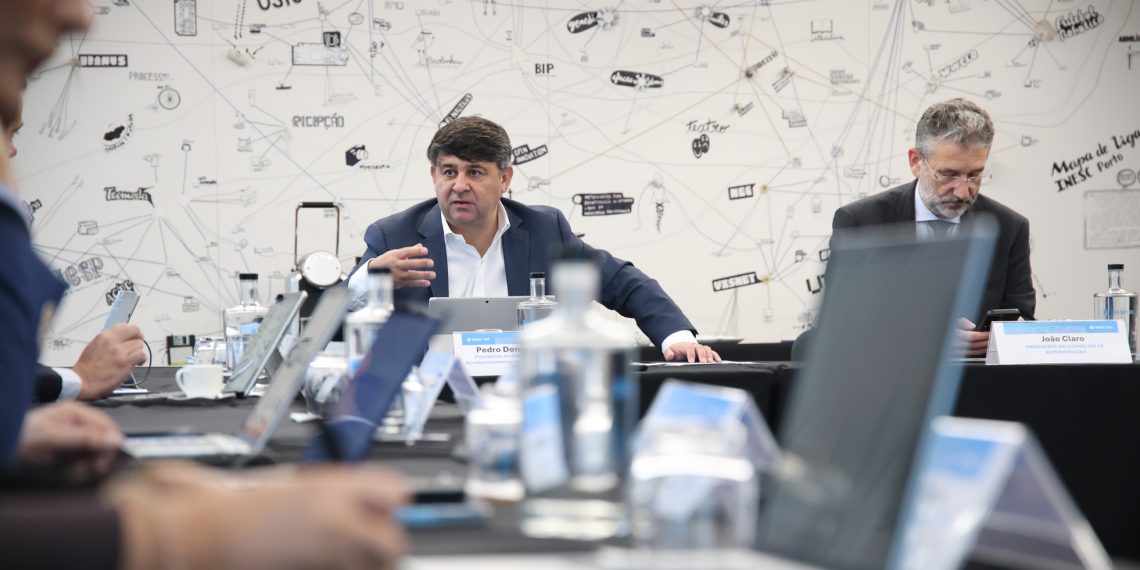


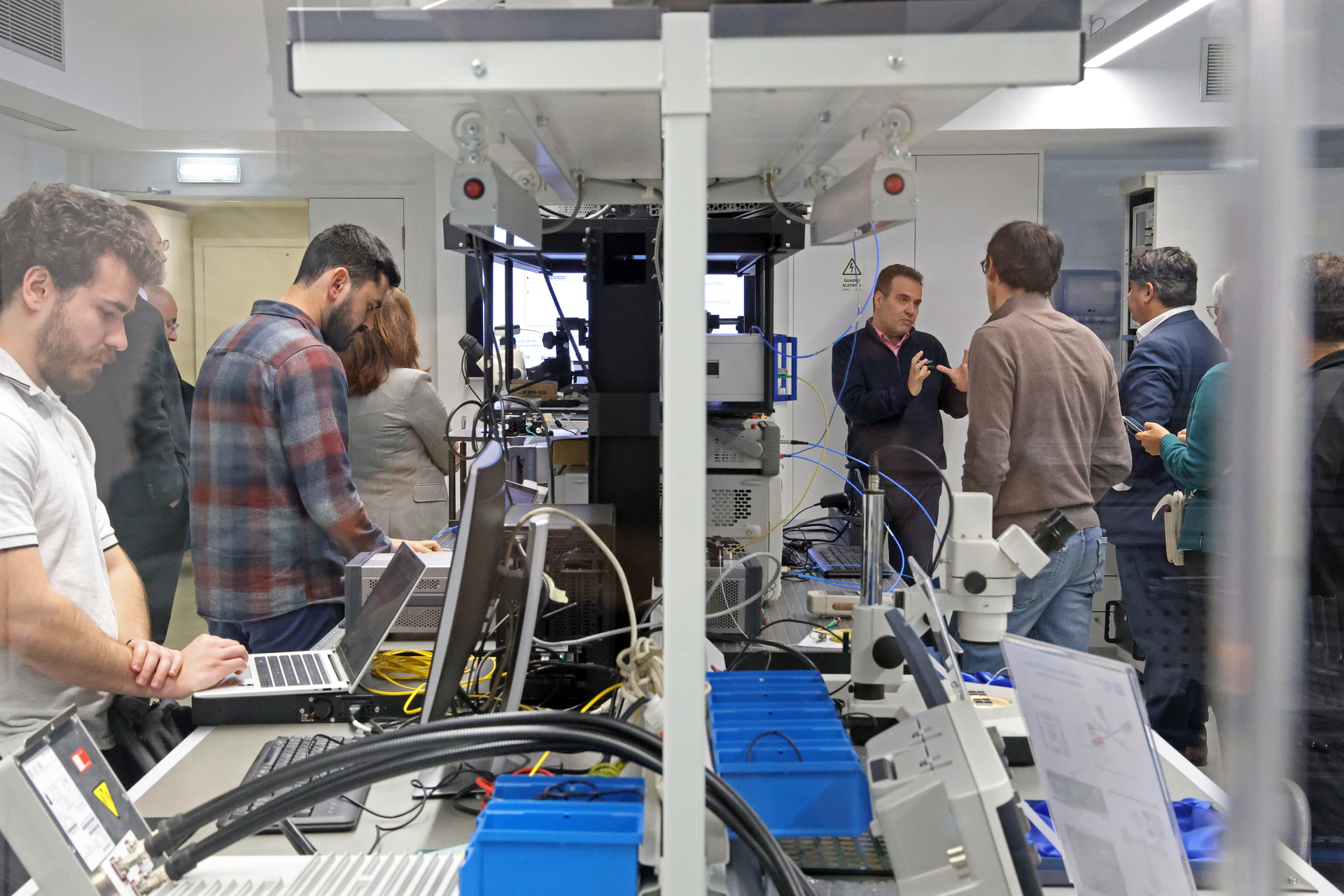
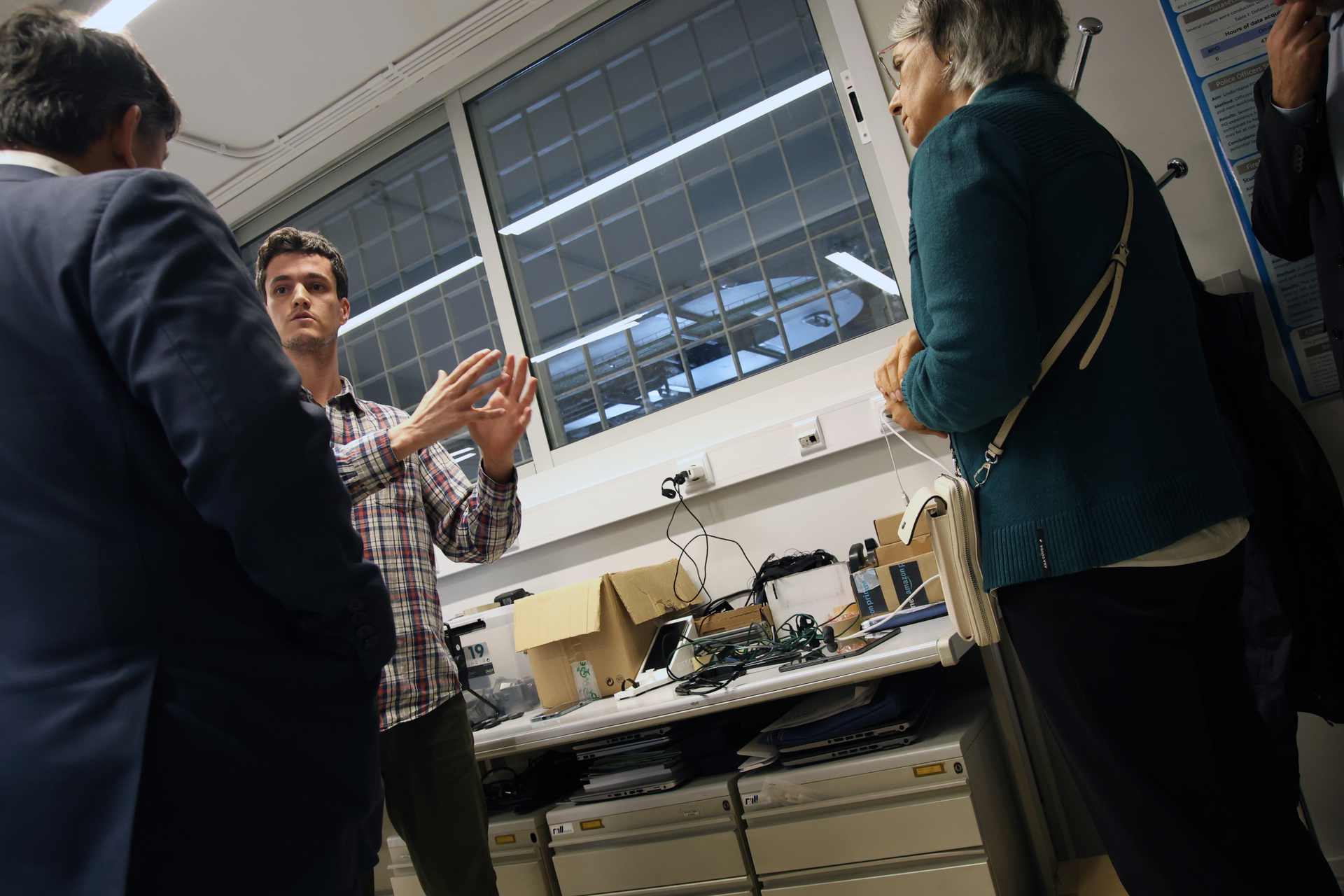

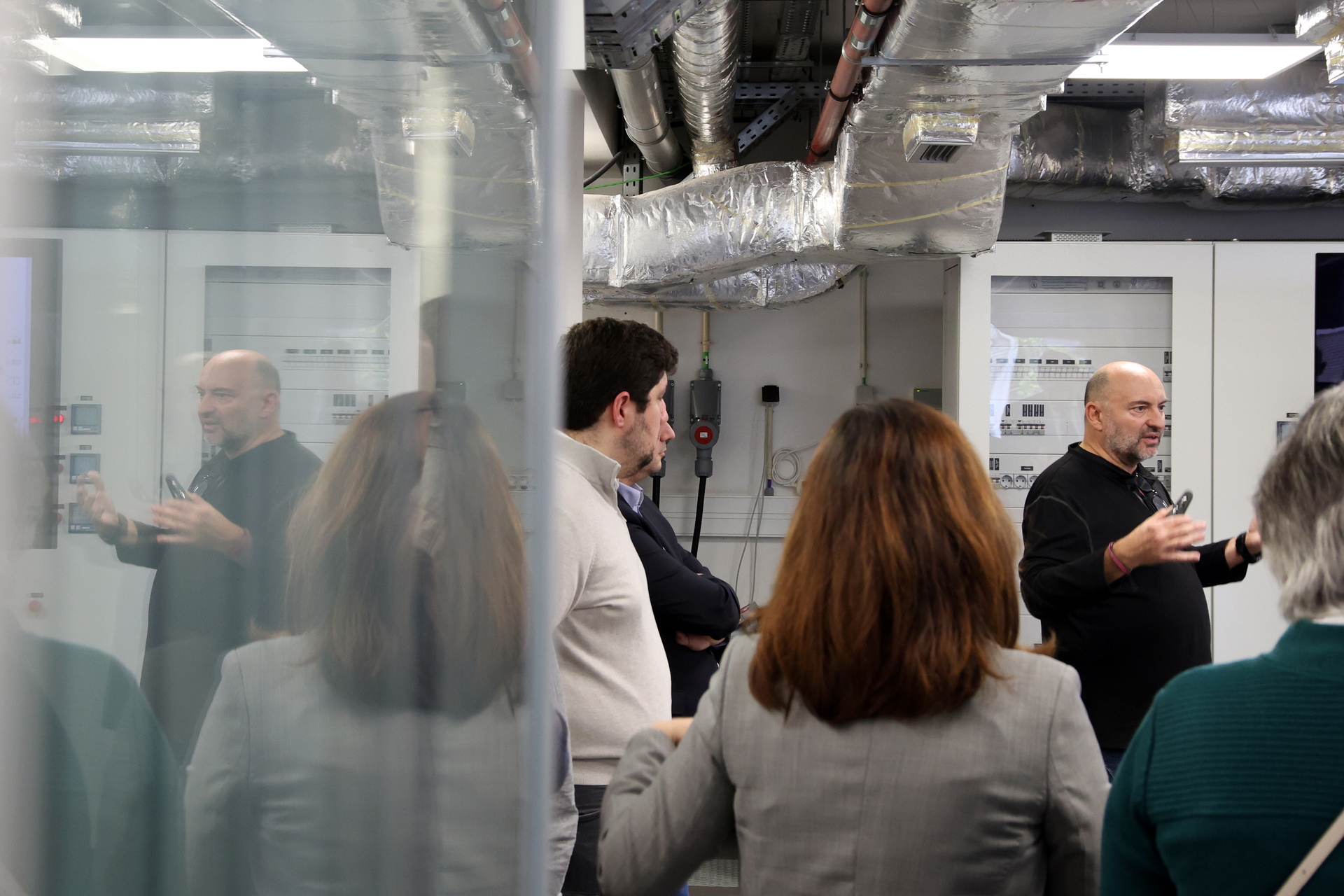
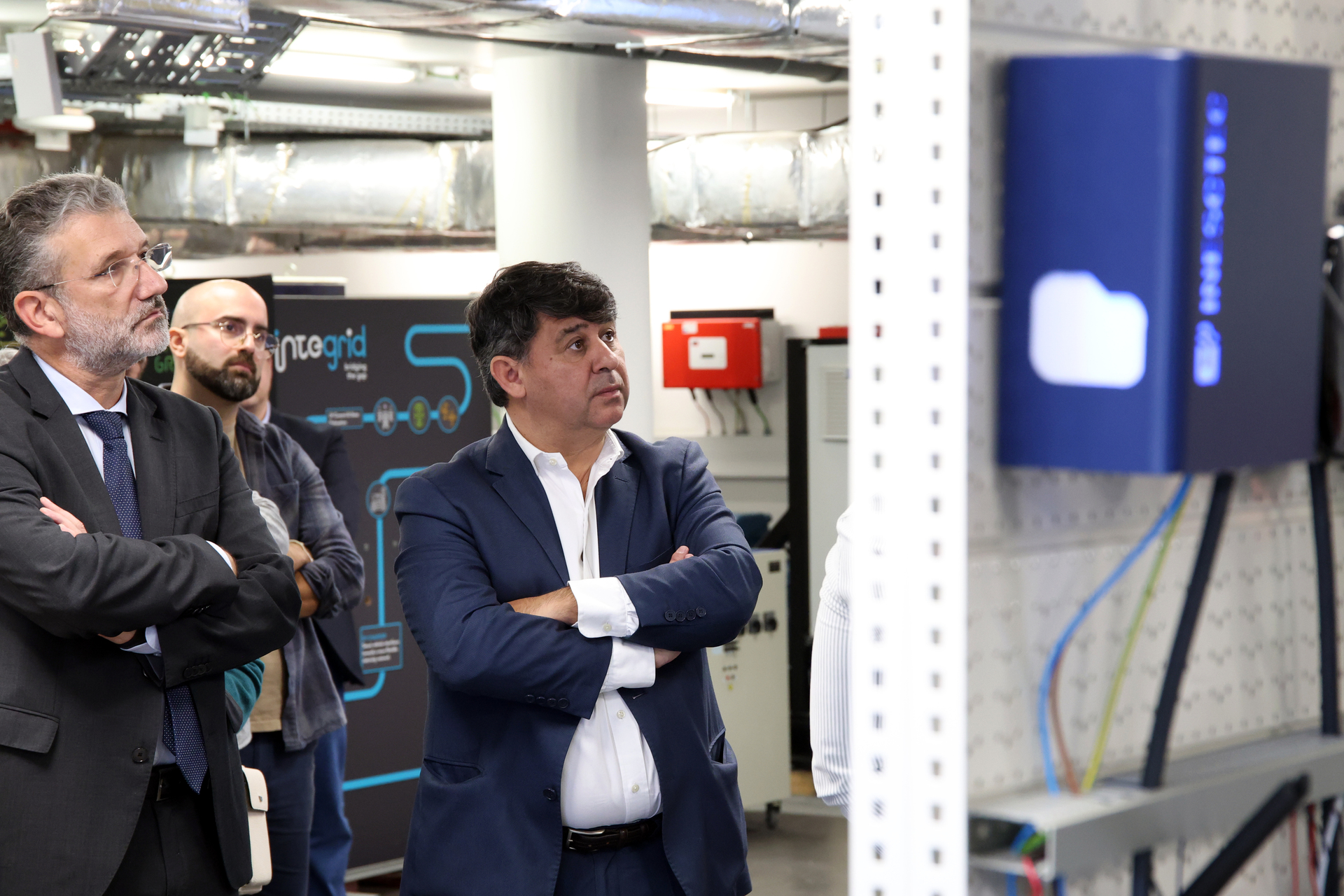


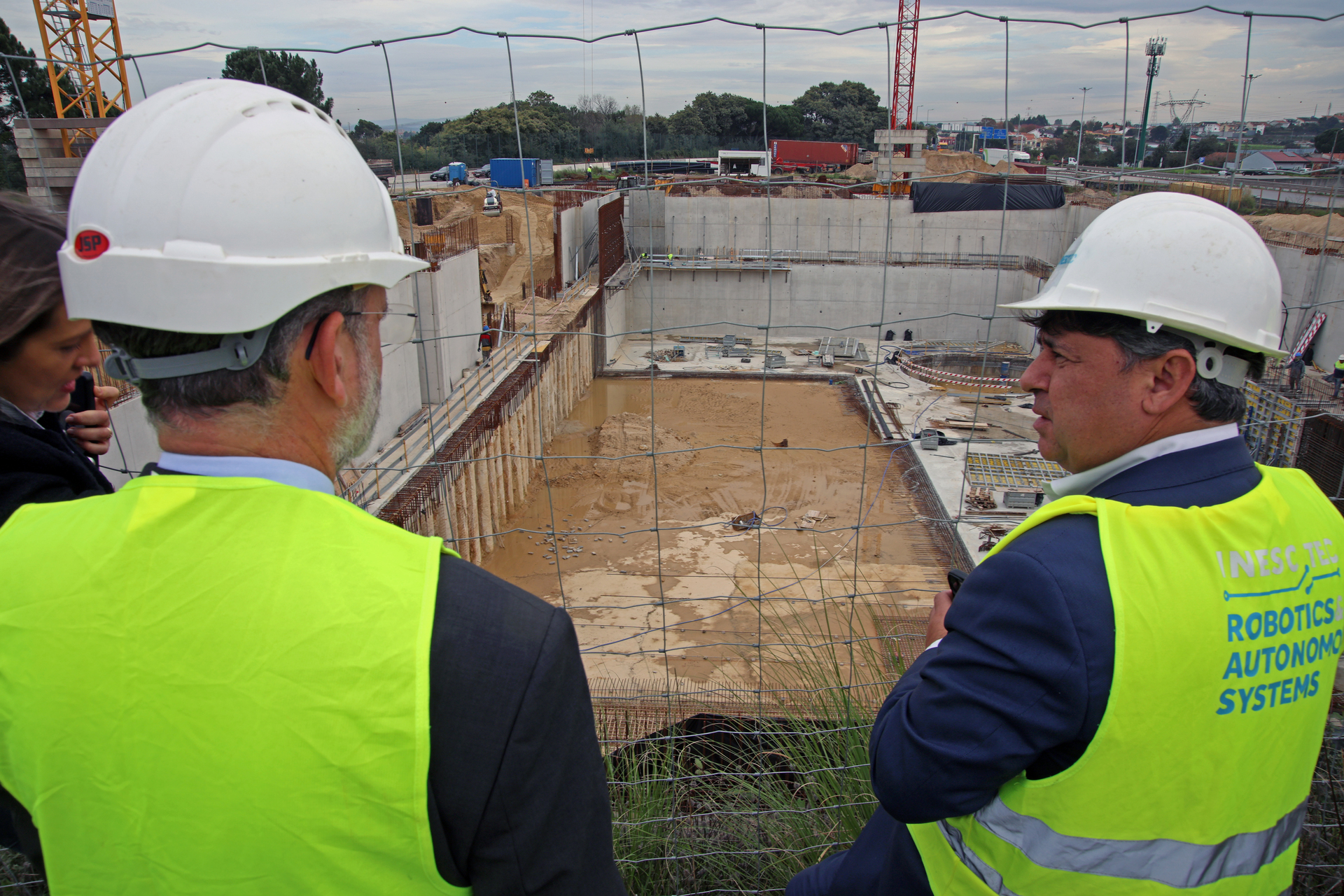
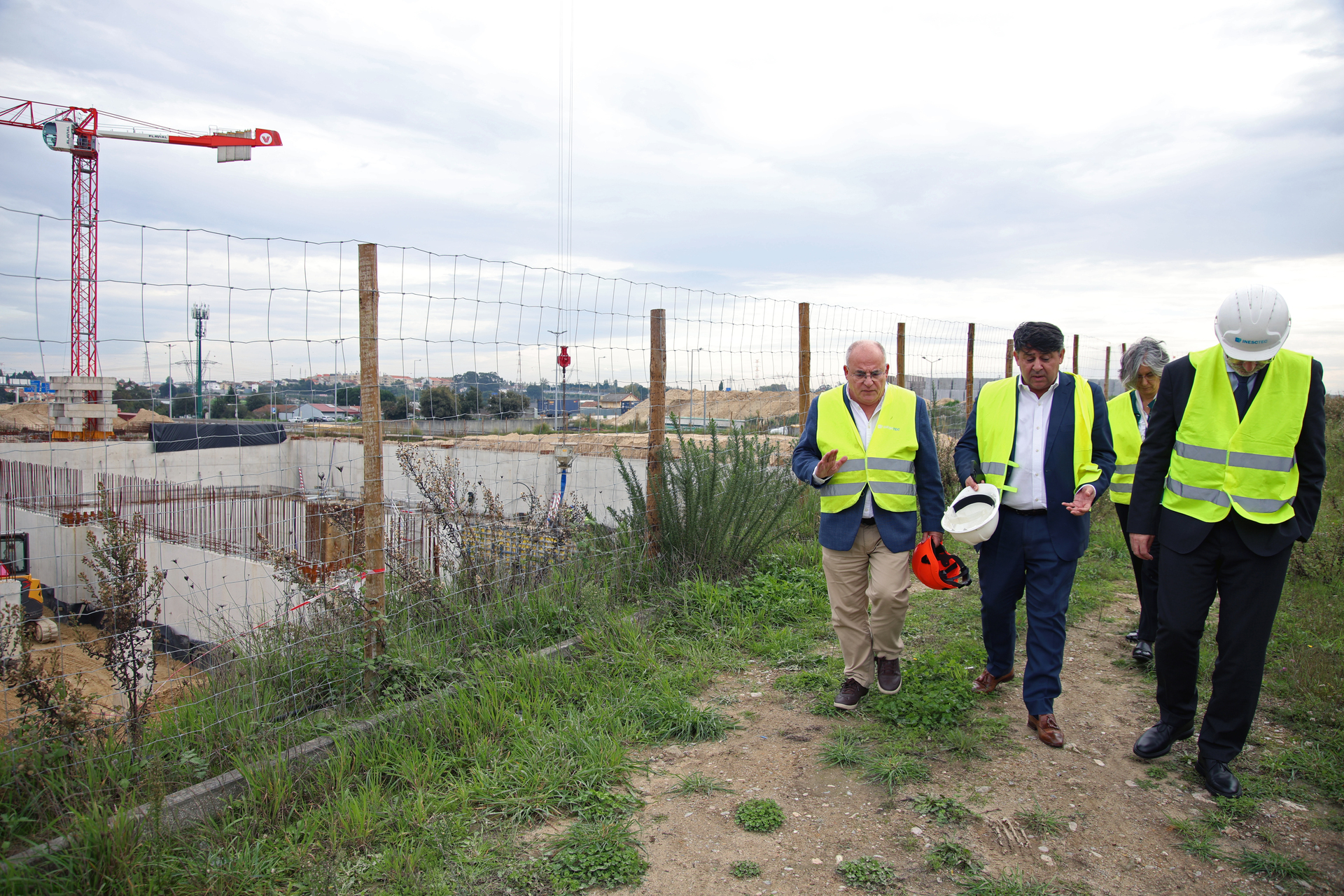
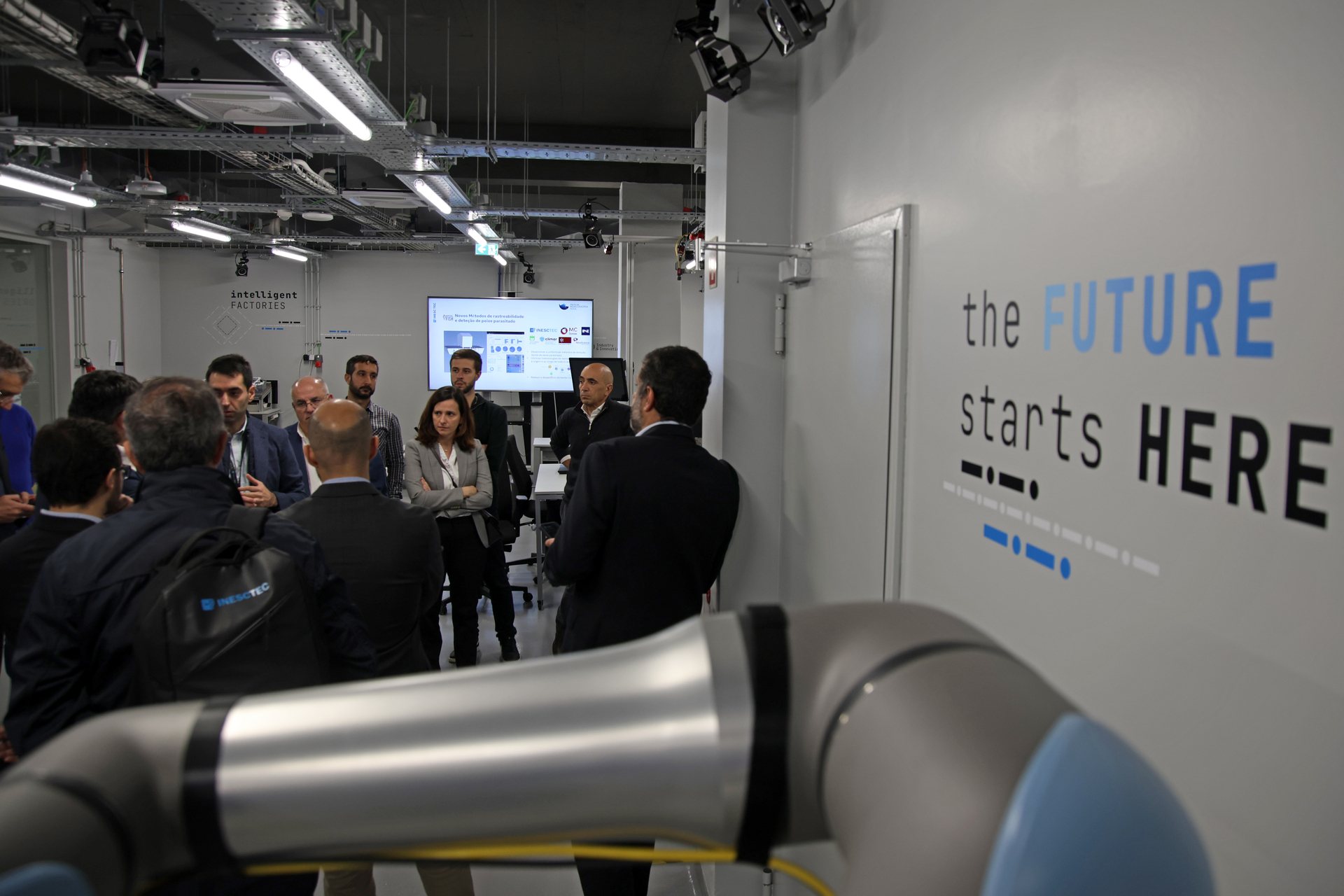
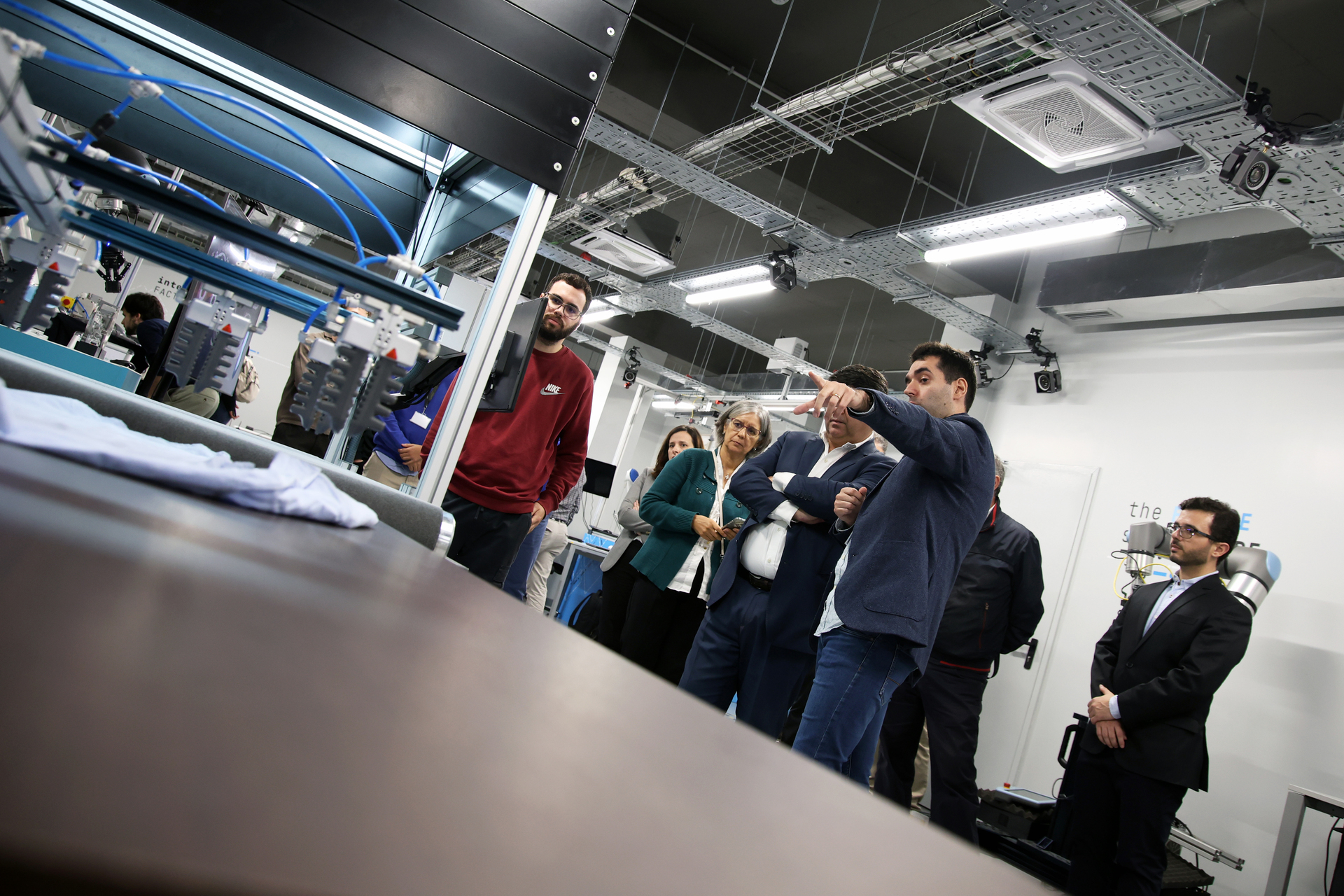
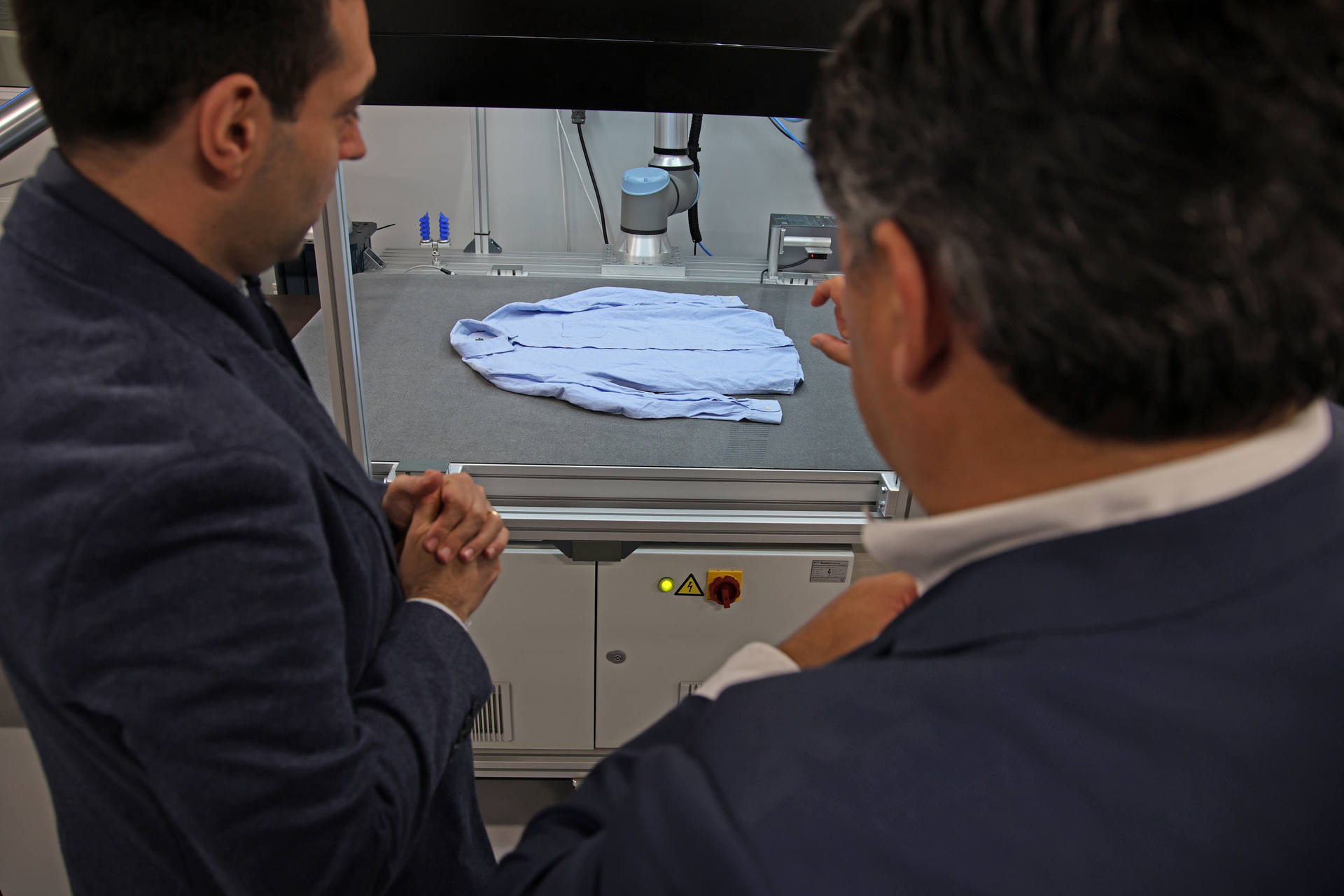
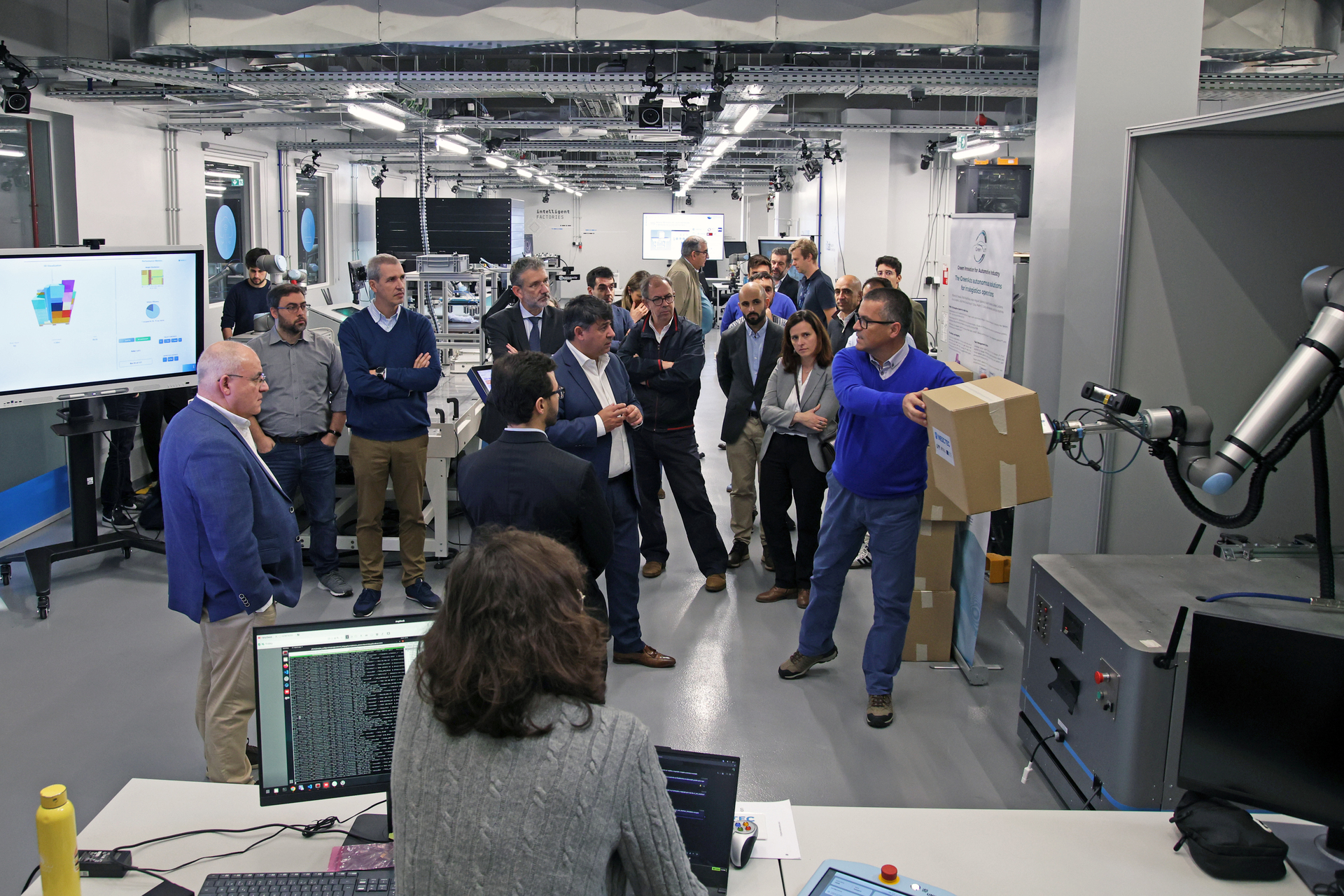
 News, current topics, curiosities and so much more about INESC TEC and its community!
News, current topics, curiosities and so much more about INESC TEC and its community!